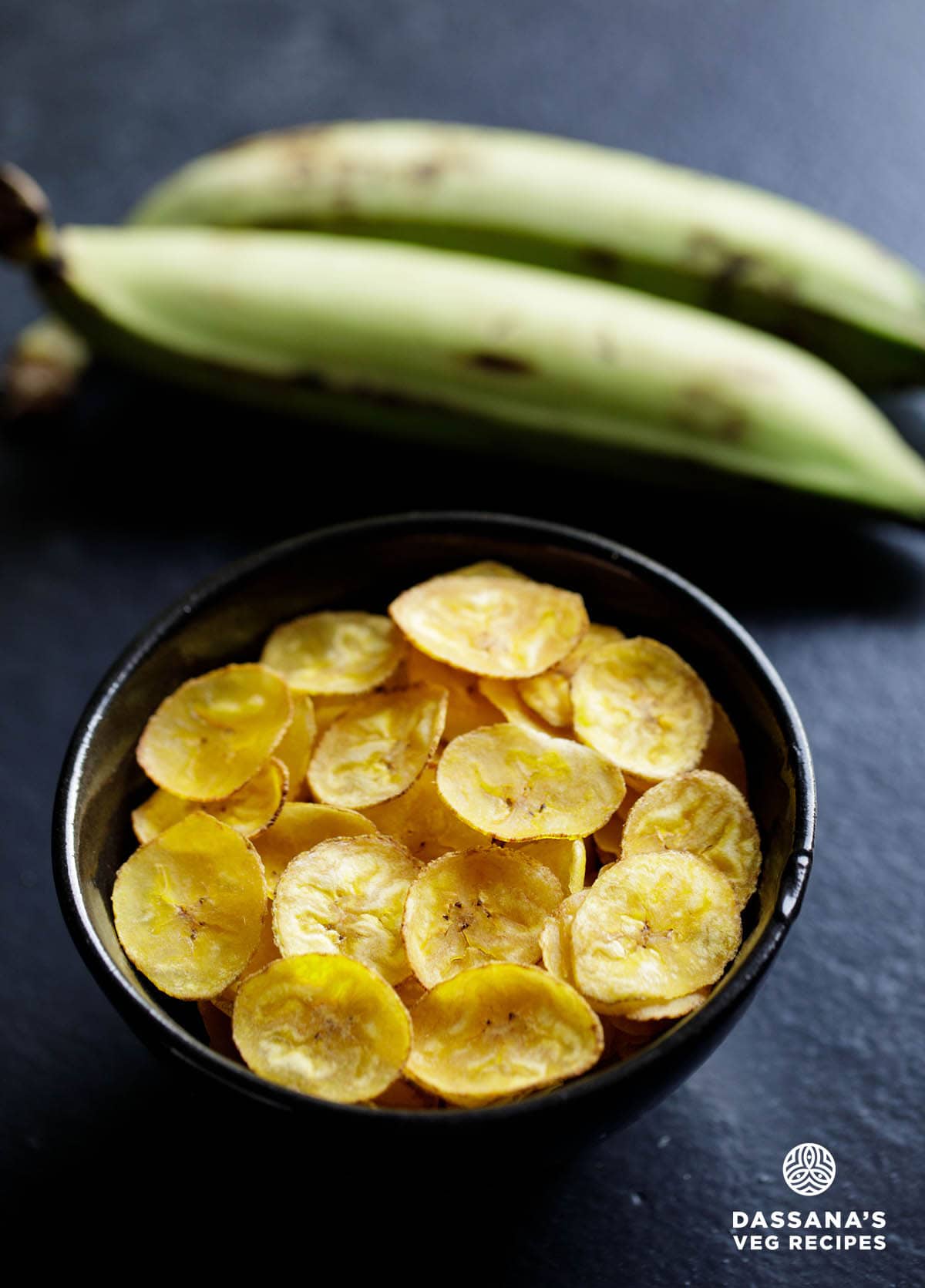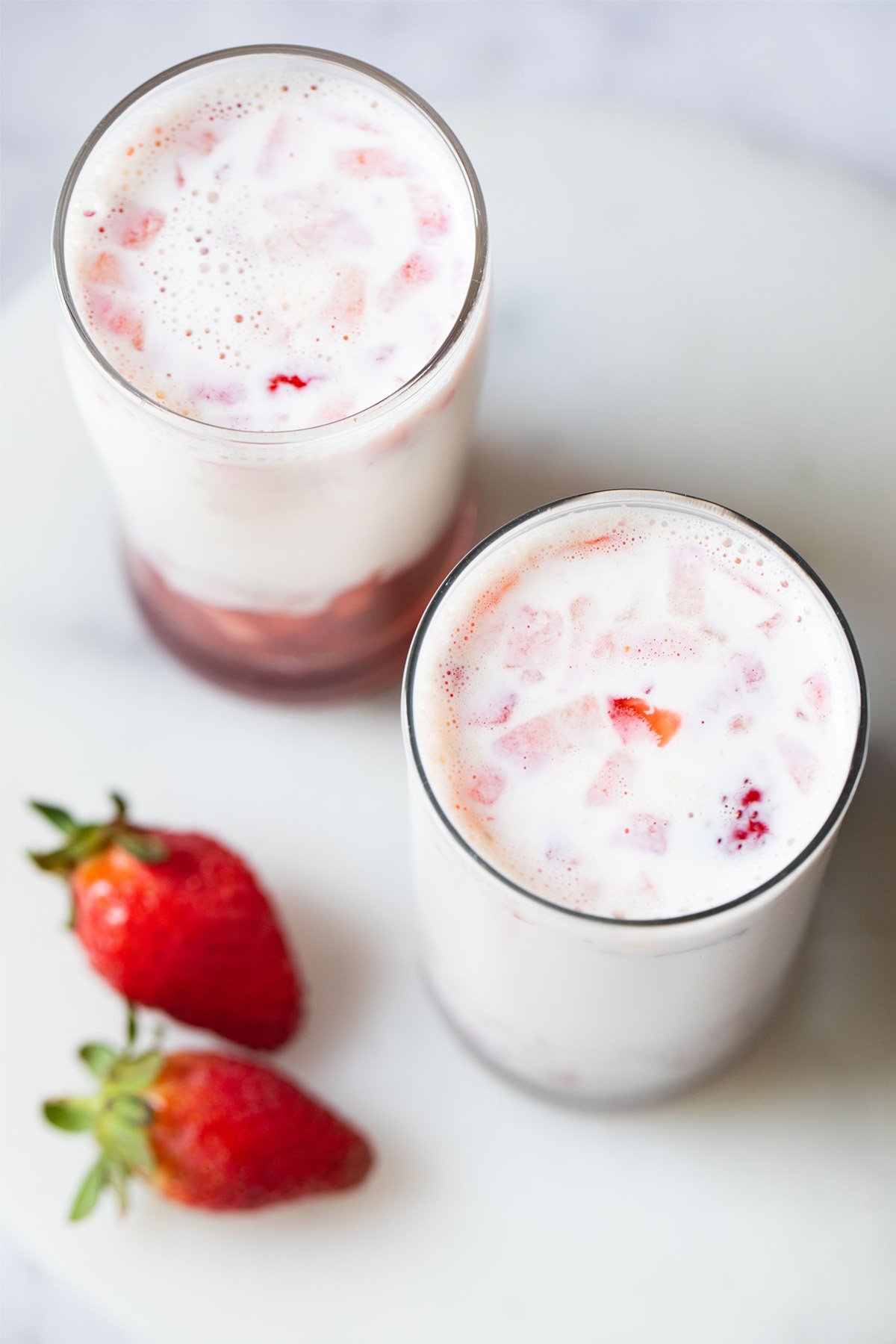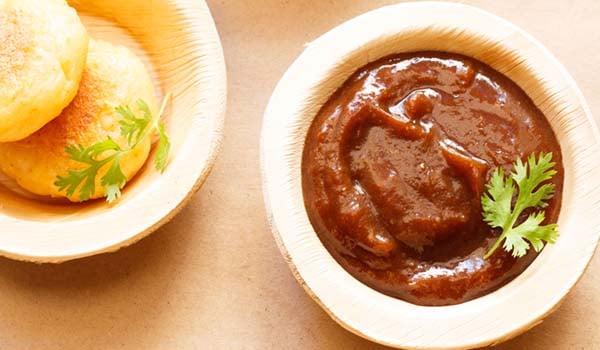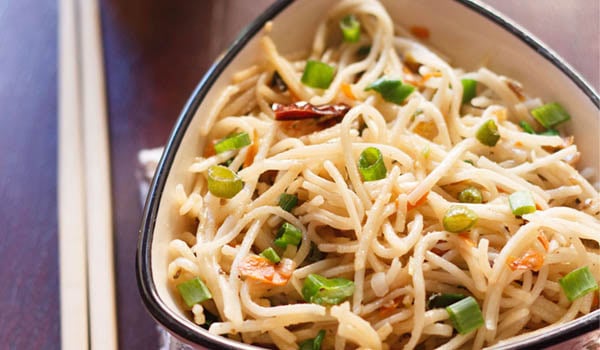Are you a fan of banana chips but unsure how to make them at home? This guide is perfect for you! Here, I’ve shared two delightful recipes for this beloved snack, which can easily be prepared at home. The first recipe is a simple one that works with any variety of raw bananas, while the second is a traditional Kerala-style recipe that utilizes the unripe Nendran variety and coconut oil for an authentic flavor.

About Kerala Banana Chips
Kerala Style Banana Chips differ slightly from the regular banana chips recipe shared below. A key distinction is that the Kerala version uses unripe Nendran bananas and coconut oil, which enhances the flavor and texture.
Frying the banana slices in coconut oil gives these chips a unique taste and a firm texture, setting them apart from regular chips made with any raw unripe banana variety. In Malayalam, these chips are known as ‘ethakka upperi’ and are a staple in the lavish vegetarian ‘Sadya’ meal served during the Onam festival.
This recipe provides a detailed method to achieve the perfect taste and texture for these Kerala-style fried banana wafers. Homemade chips are far superior to store-bought versions; they’re simply fantastic!
Growing up, my siblings and I loved Nendran chips, which our dad would bring back from his trips to Kerala. We fondly referred to them as banana wafers.
While Nendran plantains may not be readily available everywhere in India, other varieties of raw bananas can be used, though the taste and texture may vary slightly.
In Kerala cuisine, both raw and ripe bananas are featured in many recipes, with this chips recipe being one of the most cherished.
Making Nendran Banana Chips involves a unique process of soaking the sliced bananas in turmeric water, which enhances their color and acts as a mild preservative. The bananas are often sliced directly into hot coconut oil—a technique that requires practice but results in evenly fried, crispy chips with an authentic taste. A few spoons of salted water are added to the hot oil while frying the banana slices, imparting a delightful salty flavor.
Follow the detailed step-by-step instructions below to prepare a batch as small or large as you desire—it’s easy to adjust the quantities!
How to Make Kerala Banana Chips
Preparation
- Rinse 500 to 550 grams or 3 unripe Nendran bananas and dry them with a clean kitchen towel. Ensure the bananas are completely unripe with a green skin.
- In a large bowl, add 4 cups of water.
- Add 1 teaspoon of turmeric powder.
- Mix well with a spoon.
- Peel the bananas, saving the peels to make a delicious banana peel thoran.
- Halve the peeled bananas and immerse them in the turmeric water for 30 to 40 minutes, ensuring they are fully submerged.
- Before frying, prepare a salt solution by mixing ½ cup of water with 1 tablespoon of salt.
- Mix the salt solution thoroughly and set it aside.
- Take two banana pieces and wipe them dry with a clean kitchen towel, ensuring they are completely dry before slicing.
Prepare Plantains
- Heat 1.5 cups of coconut oil in a deep frying pan over medium heat. If coconut oil is unavailable, you may use sunflower oil or any other suitable frying oil.
- For slicing, a mandoline slicer is recommended to achieve thin slices, which yield crispy chips.
- Add a thin slice of banana to the oil; if it rises steadily, the oil is ready. Maintain medium heat to avoid soggy chips.
- Using the mandoline slicer, slice the bananas directly into the hot oil, or alternatively, slice them onto a tray and then transfer to the oil.
- Stir the banana slices immediately after adding them to the oil with a slotted spoon. Avoid overcrowding the frying pan.
- Fry on medium heat, turning the chips occasionally.
- Continue frying until they are lightly crisp.
- Sprinkle 1 teaspoon of the salt solution over the chips while frying. For a saltier taste, you can use 2 teaspoons, but be cautious as the oil will sizzle and splutter.
- Cover the frying pan with a splatter screen to prevent oil from splattering.
- Fry until the sizzling sound diminishes, indicating that they are done.
- Remove the chips with a slotted spoon, allowing excess oil to drain.
- Place the chips in a mesh strainer over a bowl to drain any remaining oil, or alternatively, on kitchen paper towels.
- Fry the chips in batches, adjusting the salt solution for later batches if necessary.
- Once the chips cool to room temperature, store them in an airtight jar.
Storage
Once the chips cool down, transfer them to a clean, dry, airtight jar. Seal tightly to maintain their crispness and store in a cool, dry place. Properly stored, these chips can remain fresh for a couple of weeks. Always use a dry spoon or clean hands to retrieve them, as moisture can affect their texture and shelf life.
Serving Suggestions
Traditionally, Kerala Banana Chips (Ethakka Upperi) are served as part of the grand vegetarian Sadya feast during Onam and other festive occasions. They are usually placed at the beginning of the meal on the banana leaf, alongside other fried items and pickles.
These chips also make an excellent tea-time snack, pairing wonderfully with South Indian Filter Coffee or Chai. In many Kerala households, they are offered to guests during special occasions, festivals, or as part of a snack platter with other regional treats like Murukku and achappam.
They add a delightful crunch to everyday Kerala meals, especially when served with rice, sambar, or rasam.

Expert Tips
- Ensure that the Nendran bananas used are completely unripe with green skin.
- If Nendran plantains are unavailable, substitute with three regular bananas (500 to 550 grams).
- Soaking the banana slices in turmeric water prevents discoloration and stickiness, while giving the chips a lovely yellow hue.
- If you lack a mandoline slicer, you can use a knife to slice the bananas thinly.
- For frying, coconut oil provides a traditional flavor, but sunflower oil or any high smoke point oil can be used as alternatives.
- Maintain medium heat while frying to prevent the chips from absorbing too much oil or cooking unevenly.
- These Banana Chips can also be baked, though frying yields the best results.
- If the chips soften over time, you can microwave them briefly or roast them in a pan to restore their crispness.
How to Make Regular Banana Wafers
This simple recipe requires just four ingredients: raw unripe bananas (any variety), salt, crushed black pepper, and oil for deep frying. Despite its simplicity, these homemade banana chips are incredibly tasty. I typically use Robusta bananas, but any green, raw variety works well.
To prevent discoloration, slice the peeled bananas directly into a bowl of water using a mandoline slicer. Alternatively, you can slice them directly into hot oil, though that method requires practice. Thin slices are crucial for achieving crispy chips.
Ingredients
- 4 medium-sized raw unripe bananas
- 3 to 4 cups water
- Salt, to taste
- Crushed black pepper, to taste
- Oil for deep frying, as needed
Prep
- Add 3 to 4 cups of water to a bowl. Peel and slice the raw bananas directly into the water using a mandoline.
- Heat oil in a kadai or wok for deep frying.
- Drain a batch of banana slices and pat them dry thoroughly with a kitchen towel, ensuring no moisture remains.
Fry
- Once the oil is medium hot, deep fry the banana slices in small batches over medium heat.
- Avoid overcrowding the pan, as this leads to soggy chips.
- Gently stir with a slotted spoon to prevent sticking.
- Fry until the bubbling reduces significantly and the slices turn crisp.
- Remove and drain on paper towels.
- Once cooled, transfer to an airtight jar. Sprinkle with salt and freshly crushed pepper (or red chili powder/herbs, if preferred), shake the jar, and store.
- Alternatively, season the cooled chips with salt and pepper before storing in an airtight jar.
- Enjoy these crispy, spiced banana wafers whenever you like!
What to Do with Banana Peels
I usually don’t discard banana peels. Instead, I soak them in water and refrigerate. The next day, I prepare a delicious stir-fry with them. So, whenever you use raw bananas, don’t throw away the peels; they can be transformed into a delightful dish.





